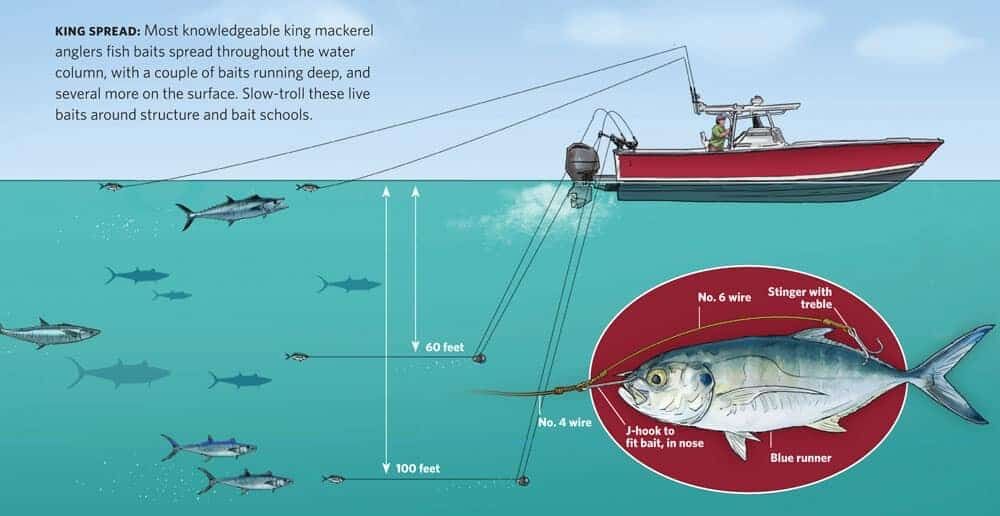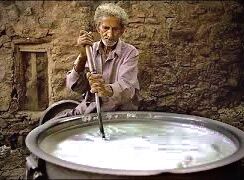Question for Artisis Who Shoot with Canon Equipment
Dec 14, 2023 04:02:10 #
TriX wrote:
So, not having checked the manual on all Canon mirrorless cameras, just the R6, the raw processing menu only includes cropping and resizing (and can be applied to multiple images) and apparently spits out a JPEG or HEIC. ....., …
Okaaaay ... I checked with Support at CUSA. The EOS R-6 has the same extensive raw file processing options as in my basic EOS-R.
Apparently you found the 1st screen attached below but then looked no further. You really should look further. (See 2nd screen below.)
Dont stop here. Theres 4 more pages.
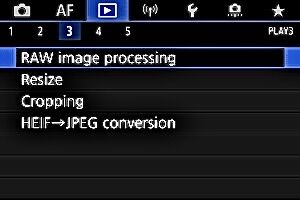
(Download)
Waaaay beyond just cropping and resizing !
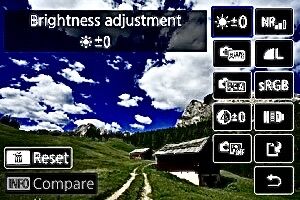
(Download)
Dec 14, 2023 04:21:08 #
ThreeCee wrote:
The Canon R5 is a great camera. It has advanced features but very flexible to reconfigure buttons for your work style. 45 MP for detail and since the R5 II is out you should find a good price. Add the RF 50 f1.2 and she should be good for a while.
I really do think that he is actually serious .... Seems like theyre pretty much all "that way" !
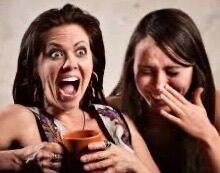
(Download)
Dec 14, 2023 05:21:05 #
Retired CPO wrote:
No true artist would use a Canon camera. NIKON all the way!!!
Whatever! That is your opinion. I stand by my Canon cameras. And I consider myself an Artist. A Photographic Artist.
Dec 14, 2023 07:01:01 #
User ID wrote:
Youve done niothing but parrot the boilerplate UHH... (show quote)
I didn't parrot anything. I did pay attention to what the OP wrote. These are the critical statements:
"she moved to the Education Department of a well-recognized art museum" which means she will have more controlled access to artworks than the public
"accurately do the photography she needs and wants to do" which I interpreted as meaning more accurate representations
"ability to get images straight from the camera with correct color and sharpness is mandatory" might mean SOOC JPG, but it is contradicted by subsequent statements on shooting RAW. One can do custom white balance to help with color, but doing color correction requires post processing against proper calibration targets.
"she has the sharpest eye for color and tone of anyone I have ever known" which I took to mean that proper color calibration would definitely help her. And I also assumed that she would be interested in minimal optical distortions, especially if the artwork is flat (painting or illustration). And also interested in techniques to eliminate glare. Which, since she actually works for the museum, might mean she can do something about the lighting.
I didn't address the comment about "high-volume" work, but in my experienced opinion (I have shot a lot of artwork for artists) it is faster and more accurate to get the photos taken with white balance/colorchecker and proper lighting at the start and process later on a large calibrated screen where you can see and process images after the fact. I would never try to do any critical processing with the non-calibrated tiny LCD screen on a camera. I might shoot tethered and process during the shooting session, but that would slow the "high-volume" work flow. But if editing during the session in front of the artwork, then shooting tethered would be the way to go.
I didn't address image stabilization, but that of course is a critical feature if not using a tripod. That would certainly drive which camera model to select; but there I don't have any experience with Canon so I offered no advice in that area.
As far as your own comments on this topic, you seem to support this whole in-camera processing thing. That is completely contrary to the need for accurate color, so I disagree completely with your opinions.
Dec 14, 2023 10:40:36 #
roxiemarty wrote:
Whatever! That is your opinion. I stand by my Canon cameras. And I consider myself an Artist. A Photographic Artist.
Dec 14, 2023 10:47:10 #
roxiemarty wrote:
Whatever! That is your opinion. I stand by my Canon cameras. And I consider myself an Artist. A Photographic Artist.
Just stirring the pot a bit! It actually ISN"T my opinion. All major brand cameras are very good at what they do!
 And I don't consider myself an artist. I'm a technician with very good (NIKON) tools!!
And I don't consider myself an artist. I'm a technician with very good (NIKON) tools!! 




I suggest that you lighten up some! It's good for your blood pressure!
Dec 14, 2023 10:57:57 #
roxiemarty wrote:
Whatever! That is your opinion. I stand by my Canon cameras. And I consider myself an Artist. A Photographic Artist.
Yes, yes ! Yes, I have seen his "art" ! I was actually considering buying a Canon camera but now Im glad he has shown us the light.
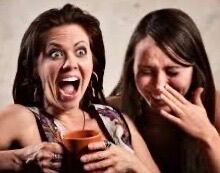
(Download)
Dec 14, 2023 11:01:14 #
roxiemarty wrote:
Whatever! That is your opinion. I stand by my Canon cameras. And I consider myself an Artist. A Photographic Artist.
Just stirring the pot a bit before someone else got the jump on it! Actually, it's not my opinion. All major brand cameras are very good at what they do!
And I don't think of myself as an artist. I'm a technician with very good (NIKON) tools!

I suggest that you cool your jets. It's good for your blood pressure!

Dec 14, 2023 11:05:50 #
Dec 14, 2023 11:21:40 #
larryepage wrote:
Most of you know that I am pretty confident with t... (show quote)
Larry, I reread your post and see the mention of "illustrations". You also mention reference photographs. So my translation is flat art and probably posted on-line or digital posting/use of the photograph. Depending on size of the illustrations, there are tabletop copy stands specifically designed for photographing flat objects, such as illustrations. As I mentioned, before the lunacy of sensor quality and high end cameras commenced, having lighting that is always on (rather than a flash) makes for much easier and consistent item photography. I have a very small light box with lighting I used to take photos of greeting cards for a disabled relative who made and sold them. In fact, we used an iPhone for some of the photos and they came out just fine....as good as using a dslr. I also did a few 3d objects just for insurance purposes, such as camera lenses, fishing reels, and the like. Once the light box got set up it was like an assembly line. "Twer I trying to get this right, I'd also PM BurkePhoto who has a lot of copying experience. But for a flat object, I would consider a table top copier similar to this:
https://www.bhphotovideo.com/c/product/1603035-REG/impact_pclk_120_copy_lights_led_w_adjustable.html
The recommendations for upscale cameras, worrying about sensors and all that are totally off the mark. I disagree about in-camera raw and all that as well. While I shoot raw almost exclusively, if I were doing this, I'd use the set up as recommended, shoot in jpeg, edit slightly in what ever cheap and easy program I had, or even upload to my iPad and edit in snapseed (free and robust) post to my site and that would be that.
Dec 14, 2023 12:02:55 #
Retired CPO wrote:
Just stirring the pot a bit! It actually ISN"... (show quote)
I'm actually cool. Thanks! As you said, they are all tools. And actually equally as good as the other. Just depends on the user.
Dec 14, 2023 12:05:56 #
Stirring as fast as I can ID! How about a little help!? Oh, wait, you do that very well on your own!! 

Dec 14, 2023 12:06:34 #
roxiemarty wrote:
I'm actually cool. Thanks! As you said, they are all tools. And actually equally as good as the other. Just depends on the user.



Dec 14, 2023 12:12:42 #
larryepage
Loc: North Texas area
Hip Coyote wrote:
Larry, I reread your post and see the mention of &... (show quote)
Thank you for your suggestions. Illustrators provide art for many applications. The most typical is in books or other literature. I have been amazed to learn the process involved in doing that, including producing four or six view renditions of every charachter, decisions about facial structure and typical expressions, commitment to paper of key room layout and furnishings, window and door locations, location of light sources, and all manner of other detail. An illustrator essentially visually creates the world within which the story of the book tajes place.
For maximum credibility, elements of the environment are created based on reference photographs. How high on a door is the door knob? Two hinges or three on that door? How does light fall from that window in the south walk?
Good illustrators build libraries of literally thousands of reference photographs from which they can answer these and other questions about any scene which they may be called on to create. These photographs need to be accurate and easy to interpret. The question being answered may not even have been imagined at the time the photograph was taken. Colors, textures, and contrast need to be correct. But it is not expected that they will each be edited. Cell phones are freely used for many of them, but many are taken in more difficult circumstances and require more controls.
As for photographing artwork, there are rare opportunities to work with easels or copy stands. Usually it is of art of almost any size hanging on a wall. Auxiliary lighting is not used...not even a pop-up flash.
To be clear...the question here is not how to accomplish all of this. Stephanie is an expert who has been doing all of it for the past12 years or more. Between us, we could pretty easily get this done by ourselves. I was just hoping to get some additional perspective from others who have also been doing these things.
Dec 14, 2023 12:23:48 #
If you want to reply, then register here. Registration is free and your account is created instantly, so you can post right away.

